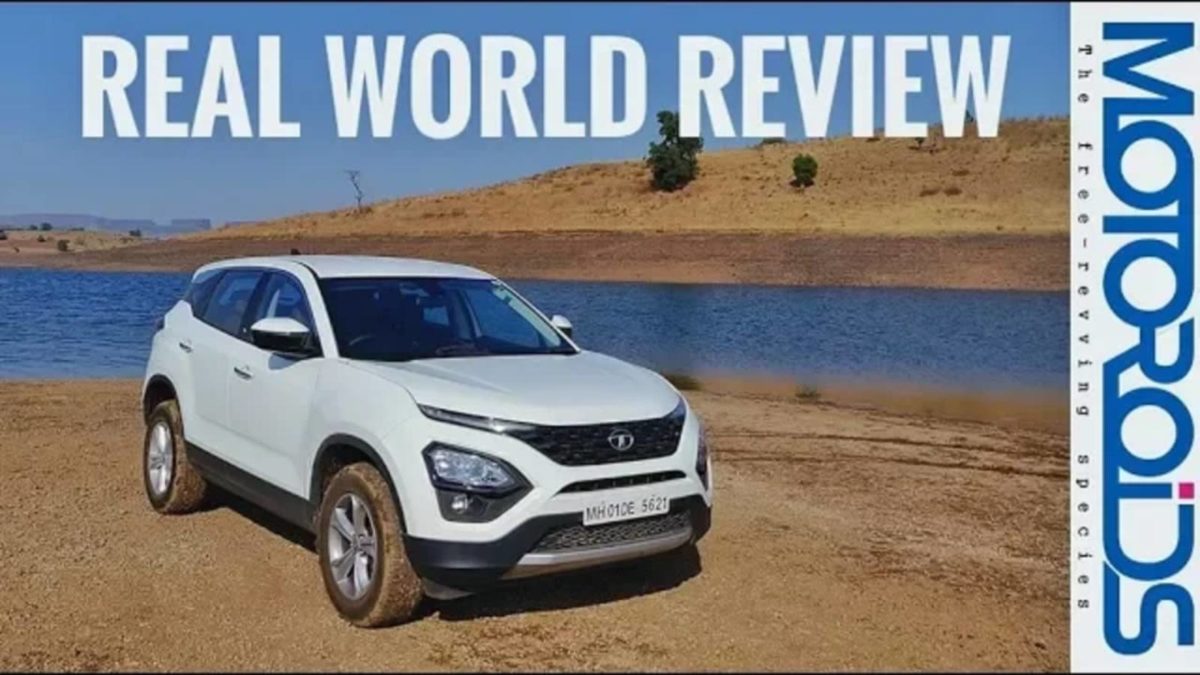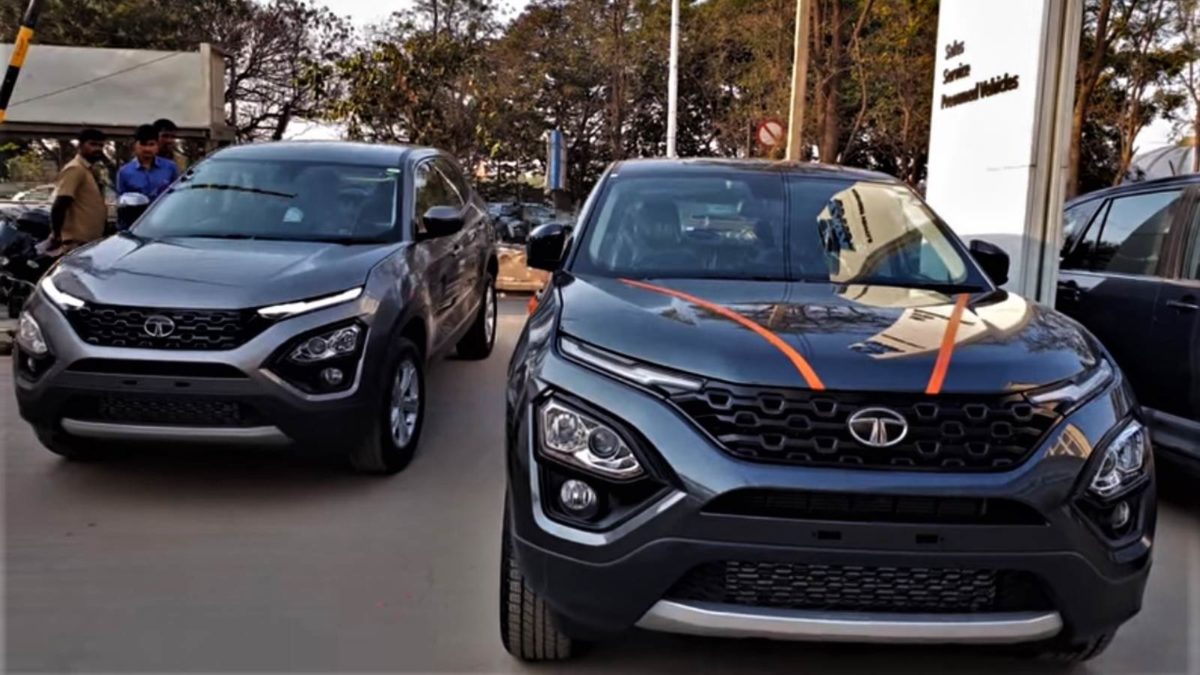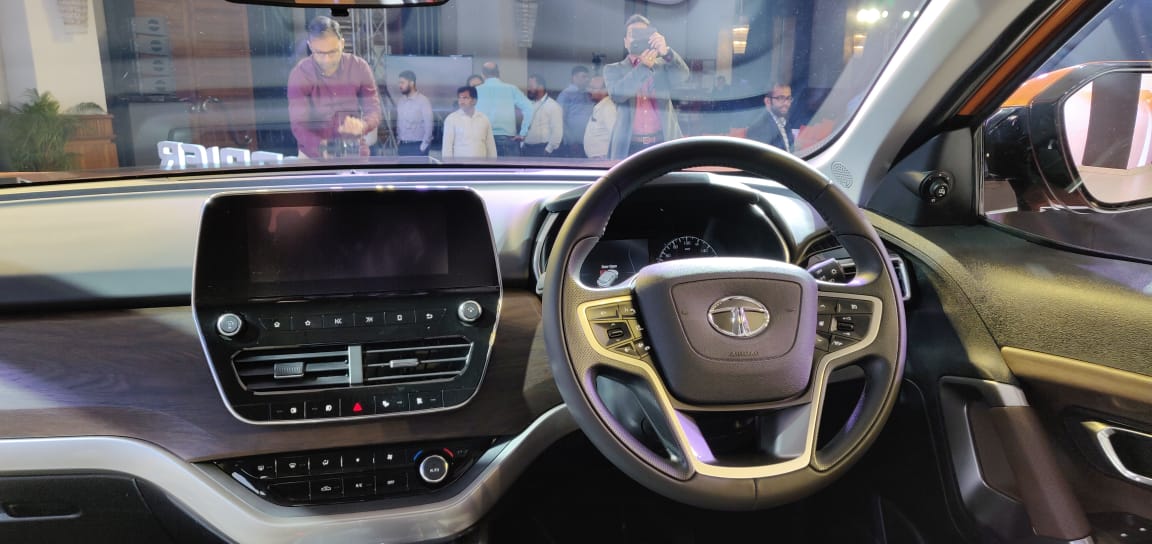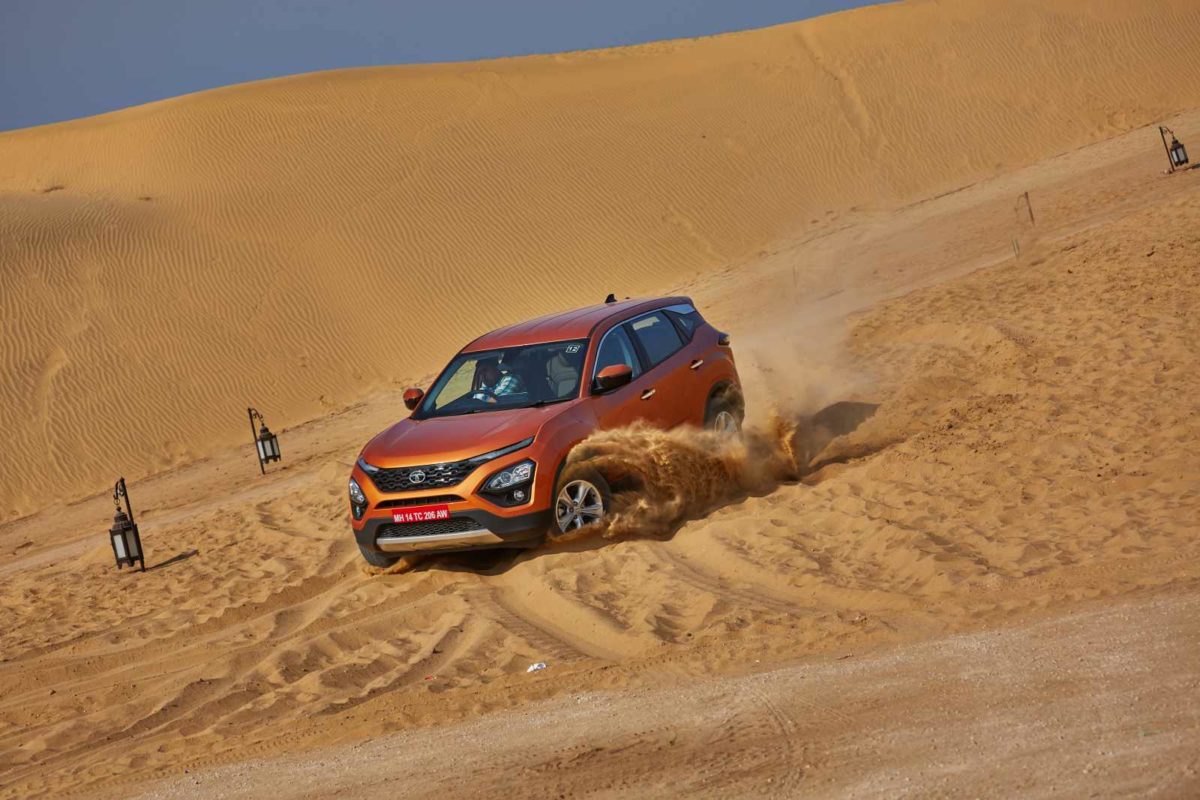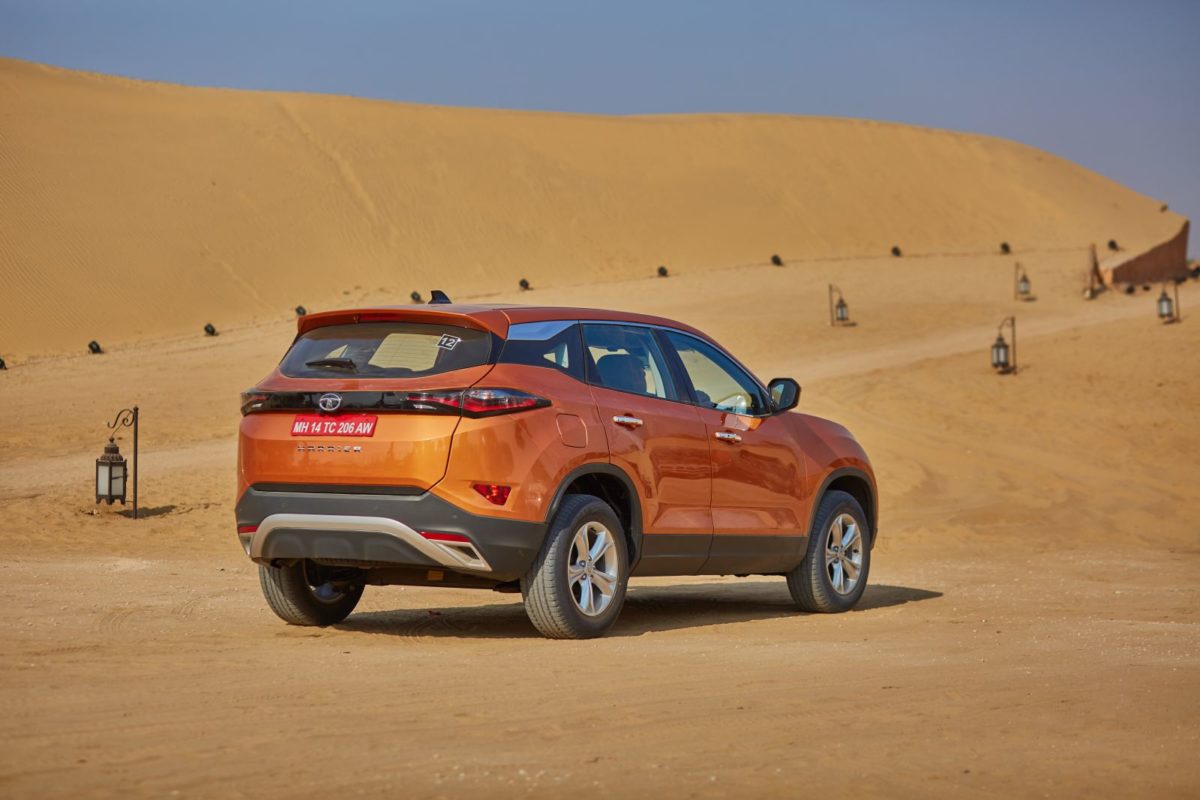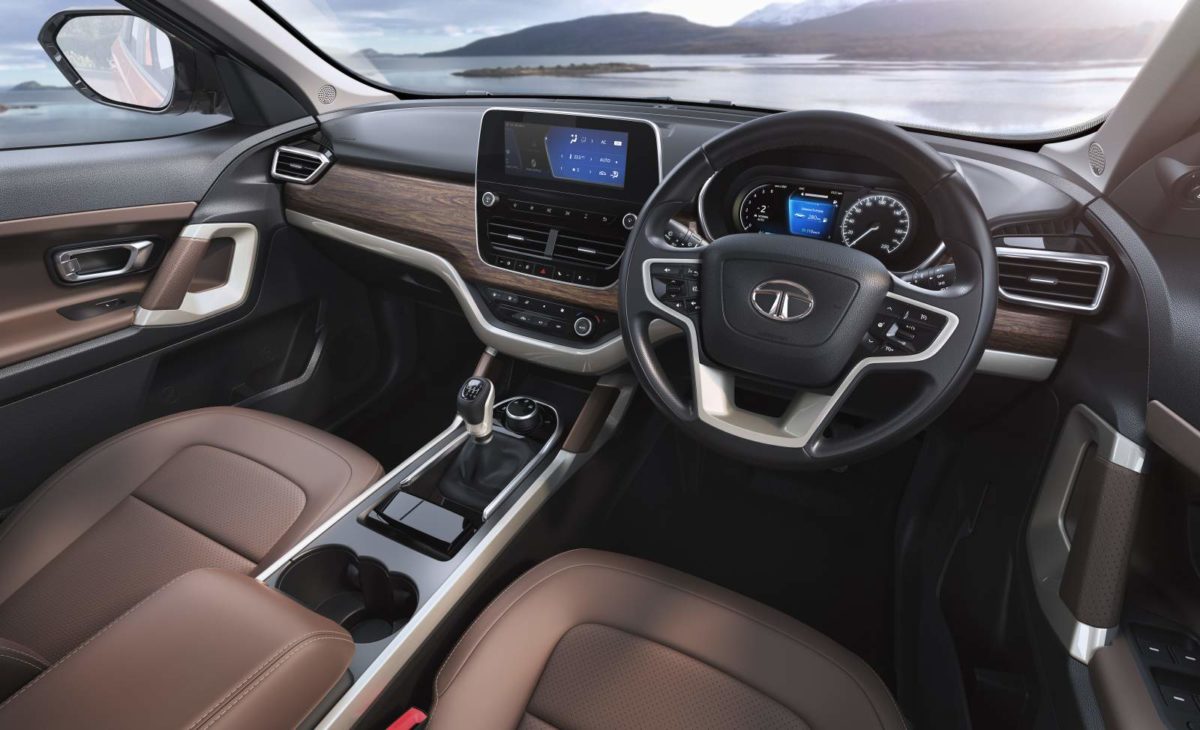Before the launch of the Harrier SUV, we did an in-depth review of the car. However, for that review, we were given the keys of a prototype model of the SUV, which came with a number of small niggles which we talked about in the review. During that review, we also promised to follow it up with a proper production spec model of the car to see if there is any improvement which Tata had promised. We are happy to report that Tata has indeed shown some improvement and taken care of most of these issues. Read ahead to know more about how this SUV feels in the real world, along with some drawbacks, the use of driving modes and service costs of the SUV.
The production-spec model shows improvement in many sectors. The defects in the paint have been taken care of and the overall quality of the plastics too, has been improved. Another complaint from our side was the quality of the chrome on the handles, which was not up to the mark, the placement of the panels was not done properly and glue was also visible but not anymore. The improvement of the quality of materials is also visible on the inside of the car, where the fit and finish is up to the mark. However, we believe the overall quality and colour of the faux wood insert on the dashboard could have been better. The floating type display on the centre is of great quality, however, it could do with better resolution touch responsiveness.
Another question many of you asked was how well do the various driving modes work, considering that the Harrier comes with a front wheel drive layout. We tested the rough road and wet road modes of the car. To test the former mode, we placed the car in front of a steep incline covered with gravel. With the car in the normal driving mode, we experienced a lot of wheelspin and the car was not even able to reach the top. With the rough road mode engaged, the car managed its traction better and helped us to reach the top. For the wet mode, we also did a similar test on wet tiles. Without the wet mode, the car did go ahead but there was way too much wheel spin off the line. With the wet road mode engaged, the car limited the wheel spin, helping to get off the line in a more efficient manner. So even though the modes may not work as good as they would in a proper 4×4 drive system, they do have an impact on the way the car drives and could come in quite handy.
Despite the improvements, there are still some things we would have loved to see done in a better manner. The rearview mirrors, for instance, are quite big, which provide an excellent view of what is at the rear but can create a blind spot for shorter drivers with its huge size. The gear lever feels quite notchy and a better shifts too, would have been appreciated. Despite improved NVH levels, the engine does get quite loud beyond 2,000 to 2,200 rpm. The funky looking handbrake does get the job done but ends up occupying quite some space, which could have been used for additional storage had Tata offered a conventional lever. The steering could also have been better, with perhaps some more weight and less play in the centre position which now negates the handling characteristics, which is quite nice, with very low body roll.
To conclude the video, we also talk about the maintenance cost of the Tata Harrier, which was a question many of you had. The Harrier has a service interval of 7,500 km and the oil change interval is 15,000 km. The first service, which is done at 1,500 km is free of cost, followed by a service cost of around INR 3,000 once you clock 7,500 km. The third service, at 15,000 km, would cost you INR 4,500. In the first three services, some costs are borne by Tata Motors, and once these are over, the service costs would go slightly higher as some components too, have to be changed in order to obtain the best out of your car over the years. These prices, compared to its rivals are quite reasonable.
Also Read: Tata Motors Collaborates With IOCL For Driver Welfare In India
Linked below is this video, where we discuss all these points in detail, followed by a final our final verdict on the car, compared to its closest rivals, do have a look and like, comment, share and subscribe to the Motoroids Channel for more in-depth content from the Indian automobile scene.

